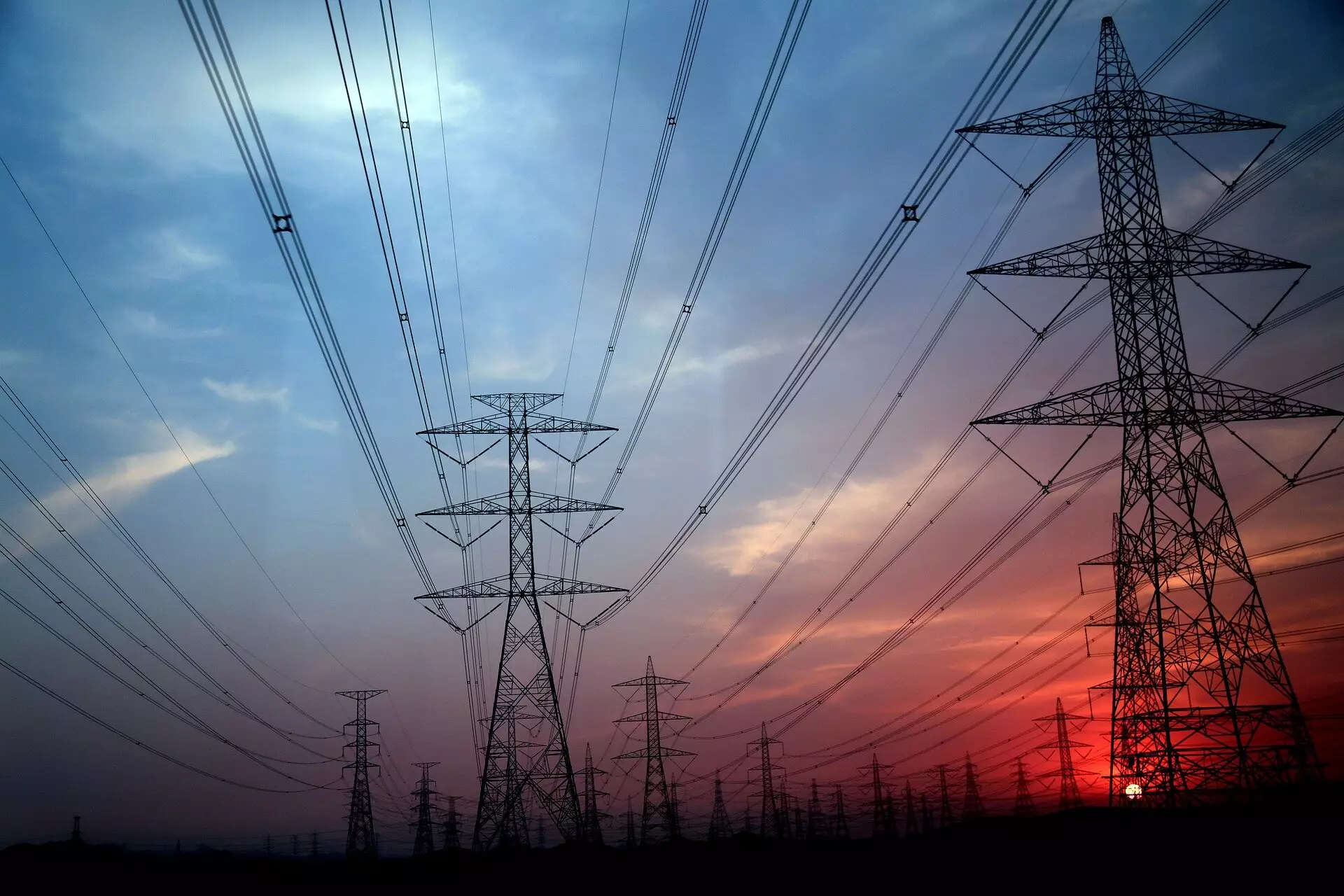In light of emergent clean energy policies, a re-evaluation of traditional regulatory frameworks surrounding gas and electric utilities is imperative. Scholars from Stanford University and the University of Notre Dame are emphasizing an urgent need for state regulators to adapt their strategies to promote a streamlined approach towards energy efficiency and decarbonization. Current regulations are being challenged by the growing competitive landscape shaped by climate initiatives that advocate for the replacement of gas systems with electric alternatives.
The new white paper from the Climate and Energy Policy Program at the Stanford Woods Institute for the Environment meticulously outlines the inherent competition between these utility sectors and the urgency for state public utility commissions (PUCs) to unify their planning efforts. As electric systems gain traction through government incentives like the federal Inflation Reduction Act, gas utilities are not only compelled to defend their market share but are also revealing the inefficiencies embedded in the existing regulatory structure.
Regulatory bodies are grappling with a multifaceted set of hurdles that converge around climate change, public safety, and equity concerns. Joshua Lappen, a key contributor to the white paper, puts forth the argument that acknowledging the competitive dynamics between gas and electric utilities opens avenues for effective management of the building-energy transition. As competition intensifies, there lies the potential for regulators to leverage these changes for proactive planning rather than reactive management.
The authors warn that continued disassociation between gas and electric utilities could have dire consequences, delaying the much-needed transition towards decarbonization while resulting in unjust financial burdens on consumers, particularly low-income households. Historical separation of these sectors has become outdated, compelling stakeholders to reassess how both utilities function independently as they increasingly encroach upon each other’s domains, particularly in heating and cooking applications.
A central thesis of the white paper is the assertion that utility regulators should consolidate the planning processes of gas and electric utilities, thereby treating them as part of a singular energy landscape. The argument posits that this unified approach could mitigate the economic inefficiencies arising from maintaining two parallel systems responsible for providing similar services. Current practices force consumers to bear the cost of disparate infrastructures, a scenario that is both financially burdensome and logistically convoluted.
As energy technologies become more sophisticated—such as the proliferation of electric heat pumps and induction cooktops—the need for an integrated framework becomes increasingly apparent. Mergers between gas and electric utilities that serve overlapping territories could present a viable solution. Such a paradigm shift would not only streamline operational costs but also fortify service reliability while expediting decarbonization efforts.
The report paints a sobering picture of what could transpire if regulators fail to take proactive measures. Gas companies, driven by market incentives, could be tempted to continue investing in fossil fuel infrastructure that may not align with long-term decarbonization goals. This risky strategy could lock consumers into enduring costs and open the floodgates to more extensive environmental degradation.
Adopting a siloed approach may further inflate costs to consumers due to maintenance demands for each separate energy distribution system. Thus, not only do consumers suffer in terms of financial implications, but the broader economic landscape is also at risk. The authors advocate that a coordinated regulatory strategy could serve as a safeguard against the establishment of stranded assets and promote a smoother transition to renewable energy sources.
As the climate crisis looms larger, and the U.S. embarks on its journey to a decarbonized energy system, time is of the essence. The white paper’s assertion, articulated by Amanda Zerbe, reinforces the critical need to reconsider how both gas and electric utilities are perceived within the regulatory framework. Instead of viewing them as disparate entities competing against each other, it’s essential to embrace them as integrated components of a comprehensive energy system.
The collective insights from Stanford and Notre Dame scholars provide a roadmap that could help enhance regulatory efficiency, equitable transitions, and overall consumer protections. The onus now lies with state regulators to embrace this vision and fortify the policies that will drive the nation towards energy sustainability. The stakes haven’t just risen; they’ve evolved into a matter of communal integrity, economic viability, and responsible stewardship of our planet’s resources.


Leave a Reply